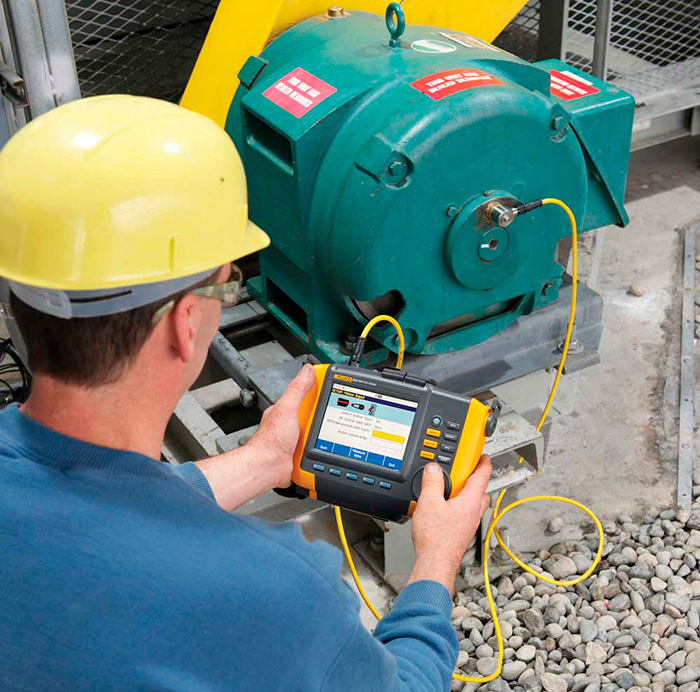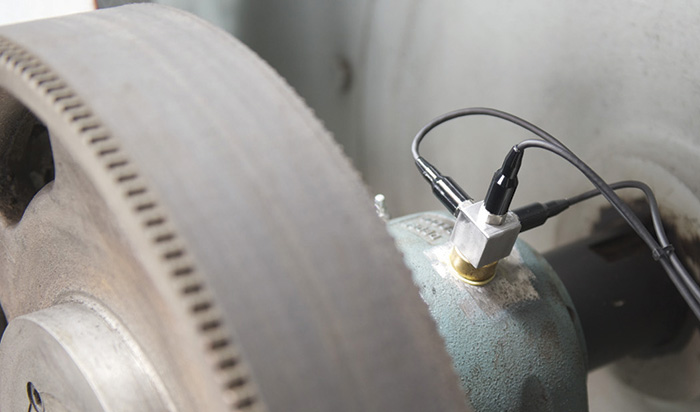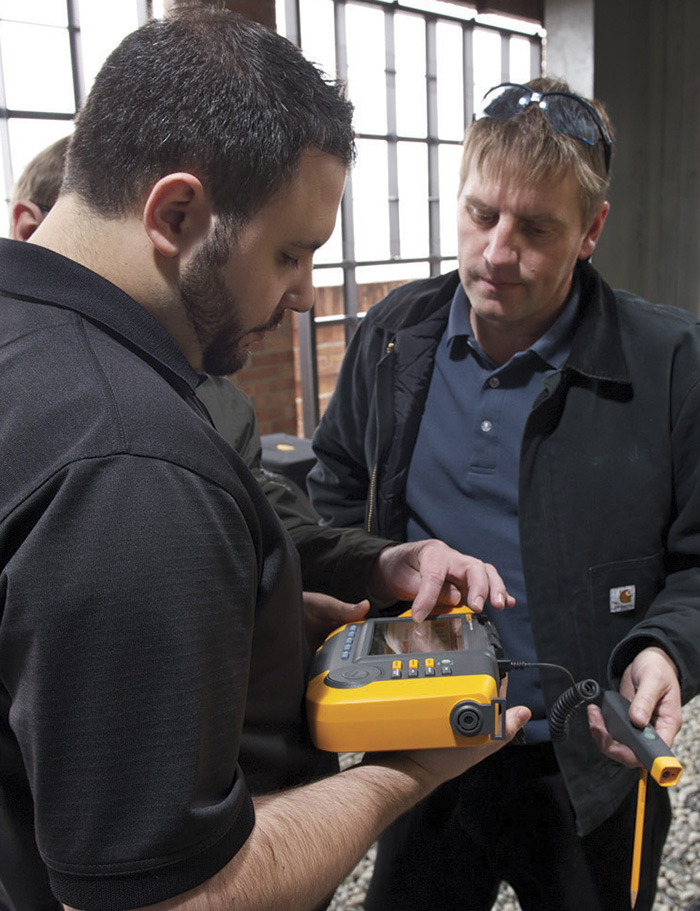Most maintenance workers are familiar with the benefits of proactive maintenance, but many challenges stand in the way of this approach. Ideally, every company would have unlimited resources and its own reliability team to help lower maintenance costs, limit unexpected failures and earn more revenue from increased production. In the real world, however, many companies have been unable to implement a successful proactive maintenance program. Typically, only highly critical industries such as petrochemical, pulp and paper, and power generation routinely apply condition monitoring, while smaller facilities that lack maintenance programs regularly change out parts before they wear out, outsource components or even run equipment to failure. In today’s economic environment, implementing proactive maintenance is more challenging than ever: Downtime is becoming more expensive, quotas are increasing, budgets are getting smaller each year, competition is getting tougher, and now a big retirement bubble is about to burst. Many skilled and experienced experts are retiring, and many companies will not be able to replace them with equally skilled workers. Companies with reliability teams will soon begin to feel the pain that companies without reliability teams have been feeling for years. In situations where maintenance teams are expected to do more with less, smart tools can help bridge the knowledge gap, giving companies the resources they need to establish quality condition-monitoring programs that will give them a competitive advantage.
 Image 1. This vibration tester can quickly identify mechanical problems. (Courtesy of Fluke)
Image 1. This vibration tester can quickly identify mechanical problems. (Courtesy of Fluke)Effective Solutions
For the past 30 years, two solutions have generally been available to determine the condition of rotating machines in the plant: either the high-end vibration analyzer or the low-end vibration pen. The high-end analyzer provides detailed waveform data that requires advanced training and experienced interpretation, while the low-end vibration pen is easy to use but only provides a simple number with little information. Recently, however, technology has improved, and two new vibration tools have been developed to help technicians get the answers they need about their rotating machinery. These new tools, the vibration tester and vibration meter, are less complex than the analyzer but more detailed than the vibration pen. The vibration tester provides fully automated machine condition answers without manual analysis. It is easy to use and requires lower upfront costs, fewer resources and less training. The vibration meter provides five measurements for fast machine health screening: overall vibration, bearing impact, infrared (IR) temperature and bearing health. Image 2. An accelerometer captures vibration data for analysis.
Image 2. An accelerometer captures vibration data for analysis.Bridging the Knowledge Gap
These smart tools do not replace the analyzer or the experienced analyst, but they do allow maintenance technicians to effectively screen machines, which frees up the experts to focus on more complex and critical machines. These new tools allow maintenance teams to cover more machines with the same or fewer resources. Typically, 80 to 90 percent of machines are standard and are well-suited for vibration testers and meters. Another advantage of these tools is that they are a good fit for today’s maintenance technicians, who often are accustomed to using their smartphones to search for answers on the web or from others. These individuals do not have time to analyze reams of data. Instead, they need immediate answers to keep the plant up and running. Because many of these newer vibration tools can save data to a smartphone and secure data centers where the data can then be stored and shared, technicians can reach out to experts when needed to get valuable advice on next steps in troubleshooting or repairs. This capability provides a clear path toward proactive maintenance without requiring companies to expend a tremendous amount of resources. Image 3. Diagnosis screen provides information about overall machine health.
Image 3. Diagnosis screen provides information about overall machine health.Better Maintenance
No facility can afford to waste energy or repeatedly replace bearings, seals and couplings. Smart tools allow maintenance teams to determine which machines are healthy, which are wasting energy and the root cause of equipment failure. Technicians can use these tools to screen their machines, diagnose faults and correct misalignment. New smart laser alignment tools allow quick, easy and precise correction of all coupled and belt-driven machines in the plant. With smart tools, maintenance teams can successfully address any equipment problem with the following process:- Screen machines to find out which are in good or bad shape. A thermal imager or vibration meter can determine which assets have problems.
- Diagnose machine faults with a vibration tester to determine the root cause of the fault, its severity and any repair recommendations.
- Correct the problem with a laser alignment tool.
- Check the machine to make sure the repair is effective, and return the machine to service.
- Spend less time analyzing healthy machines.
- Reduce the number of work orders.
- Avoid deploying experts on simple faults.
- Reveal hidden problems such as wasted energy.
